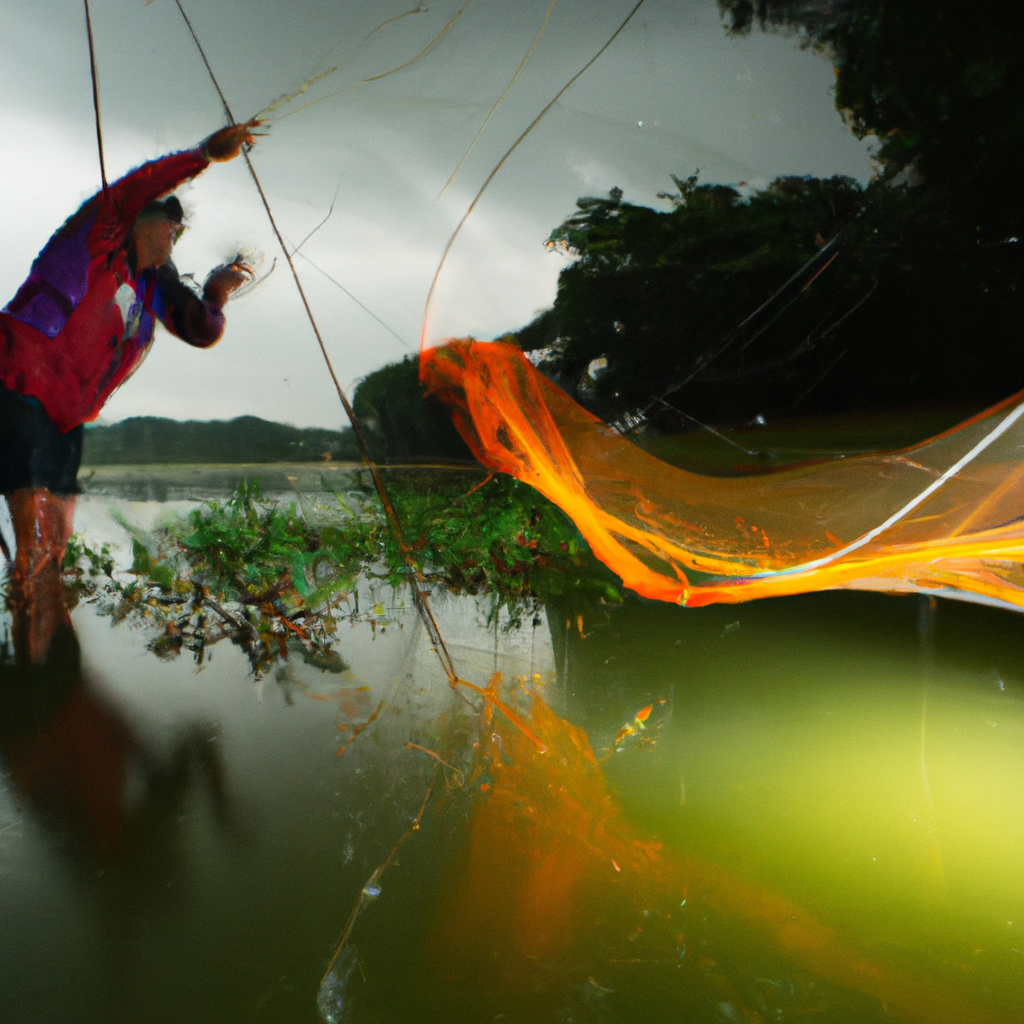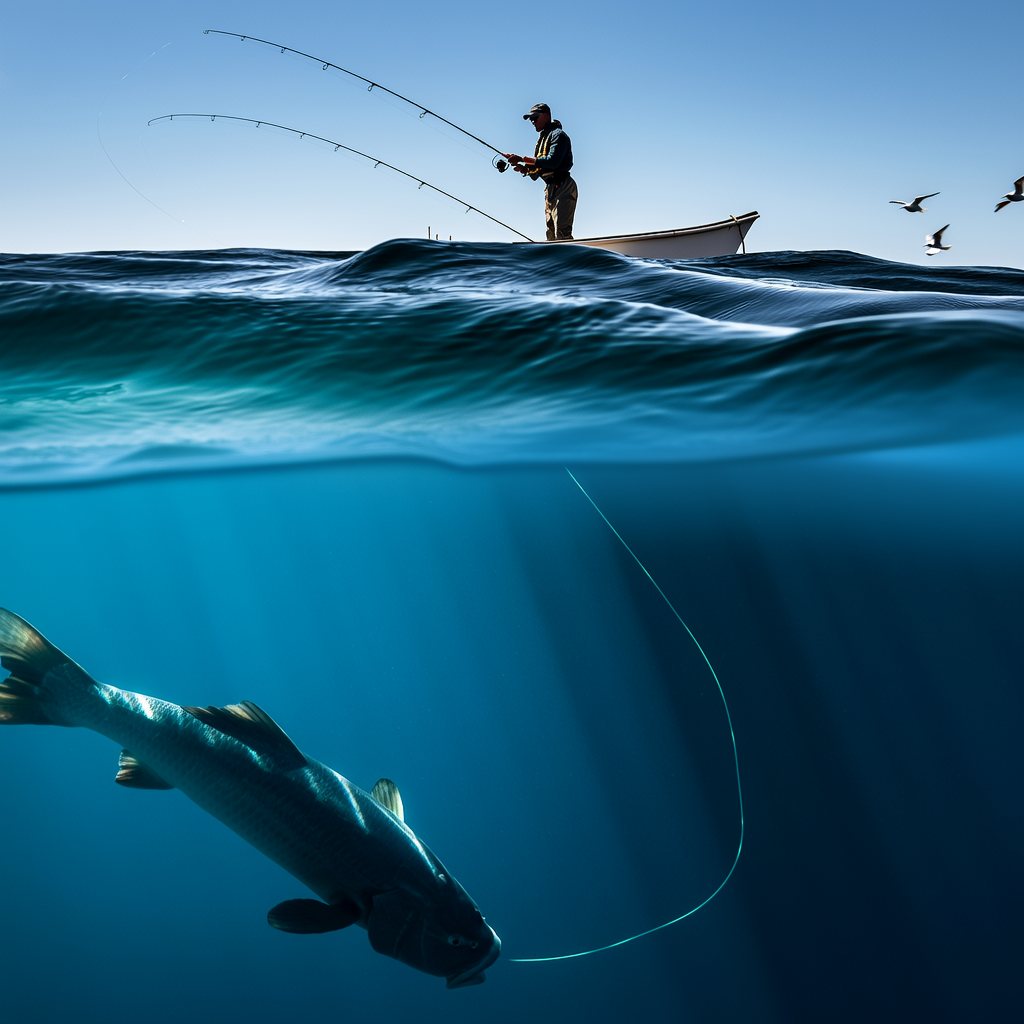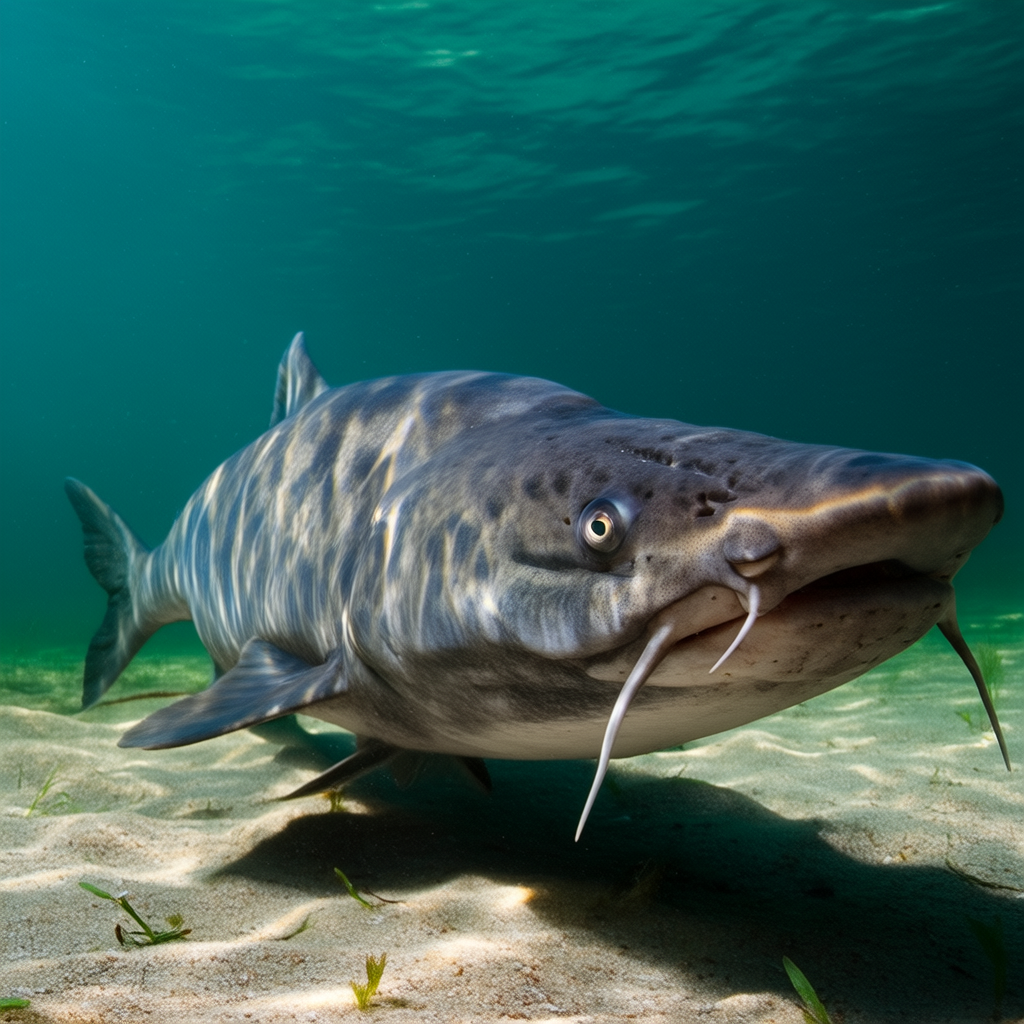Fishing on a lake is a relaxing and enjoyable way to spend your time. A freshwater lake is a peaceful place to learn angling skills, whether you’re looking for leisure time or to catch your next meal.
Fishing, like all outdoor activities, requires patience, knowledge, and preparation. This guide will cover everything you need in order to fish a lake efficiently. You’ll learn how you can improve your chances of landing a prized fish by choosing the right gear and recognizing fish behavior.
Let’s take a look at freshwater fishing and learn how to fish a lake.
1. How to Choose the Best Fishing Gear
It’s important to have the right gear before you go to the lake. These are the essential items you will need:
- Choose a rod suitable for freshwater fishing. You can choose between a medium or a light action rod that has a length of 6 to 9 feet depending on the size and type of fish you are trying to catch.
- Fishing reel: A spinning fishing reel is ideal for freshwater fishing. To ensure smooth operation and reliability, you should choose the highest quality reel that you can afford.
- Fishing line: Make sure the line matches the specifications of your reel and rod. For most freshwater fishing situations, a monofilament line with a weight between 4-10 pounds is best.
- Hooks: Choose hooks in a variety of sizes to fit different types and sizes of bait. Your hooks should be sharp and rust-resistant.
- Bobbers: Floats or bobbers are essential in detecting fish bites. You should choose a float that is appropriate for the depth of the water you will be fishing in.
- Sinkers: To keep your bait at the correct depth, you’ll need sinkers. Sinkers should be heavy enough to bring your bait to the fish.
2. Understanding Fish Behavior
Understanding fish behavior is essential for fishing in lakes. These are some factors that will help you predict when and where the fish will bite:
- Time of day: Fishes are most active before sunrise and after sunset.
- Season: Different fish species are more active at different times.
- Weather: Fish are more active when it is cloudy or overcast. Windy conditions can also cause fish to feed and stir the water.
- Water temperature: Fish activity is more likely to be boosted if the water temperature is higher.
- Structure: Fish will congregate around structures such as weed beds, rocks and drop-offs.
3. How to choose the right bait
It is important to choose the right bait for catching and attracting fish. Here are some of our most popular freshwater fishing lures:
- Worms: Many fish species love live worms.
- Minnows can be used as cut bait or live bait with small live fish.
- Fishing lures: Artificial lures such as crankbaits, jigs and spinners are effective in catching fish.
- PowerBait: PowerBait soft-plastic bait is designed to imitate natural bait.
- Corn: Canned corn makes a great bait for carp or other bottom-feeding fish.
4. Casting Techniques
Casting is the act of throwing your bait and line out into the water. Here are some tips to help you master casting.
- You can hold the rod with your dominant hand, and then use your other hand for gripping the line.
- To swing the rod backwards and forwards, use a pendulum motion.
- Release the line just as your bait is about to land.
- Look for structures that fish are likely to be found and let your bait sink to the correct depth.
5. Setting the Hook
Setting the hook is the act or pulling your line tight to hook the fish. Here’s how it is done:
- You should keep your line straight and pay attention to any movement in your float or line.
- Refrain from reeling in fish that bite immediately.
- Wait until you feel a steady tugging on your line. Then pull back to set the hook.
- To bring the fish in, keep your tension on the line.
6. Release Your Catch
It is important to release your catch if you don’t plan on keeping it. Here are some tips to help you release fish back into the sea.
- Use wet hands to handle fish or a moist towel for protection of their slime coating.
- If you have one, hold the fish close to your mouth.
- As soon as possible, release fish into the water.
- Give fish time to recover, then release them. Then, support them in the water until their ability to swim.
7. Safe Fishing in a Lake
While fishing on a lake can be a rewarding and relaxing activity, it is important to keep your safety in mind. Here are some safety tips:
- Fishing from a boat or deep water requires you to wear a life jacket
- Follow any fishing or boating regulations that you are aware of.
- To protect yourself from sunburn and insects, use sunscreen and insect repellent.
- Don’t fish alone. Always let someone know where you’re going and when you plan on returning.
- Prepare for any emergency by having a first aid kit.
Conclusion
Fishing in a lake can be a rewarding and enjoyable activity. It requires patience, skill and good equipment. This guide will help you catch fish and enjoy the tranquility of a freshwater lake.
Be sure to use the right gear, understand the behavior of fish, pick the right bait, master your casting technique and release your catch safely. With a little practice, you will soon be an expert angler and reel in trophy-sized fish.




